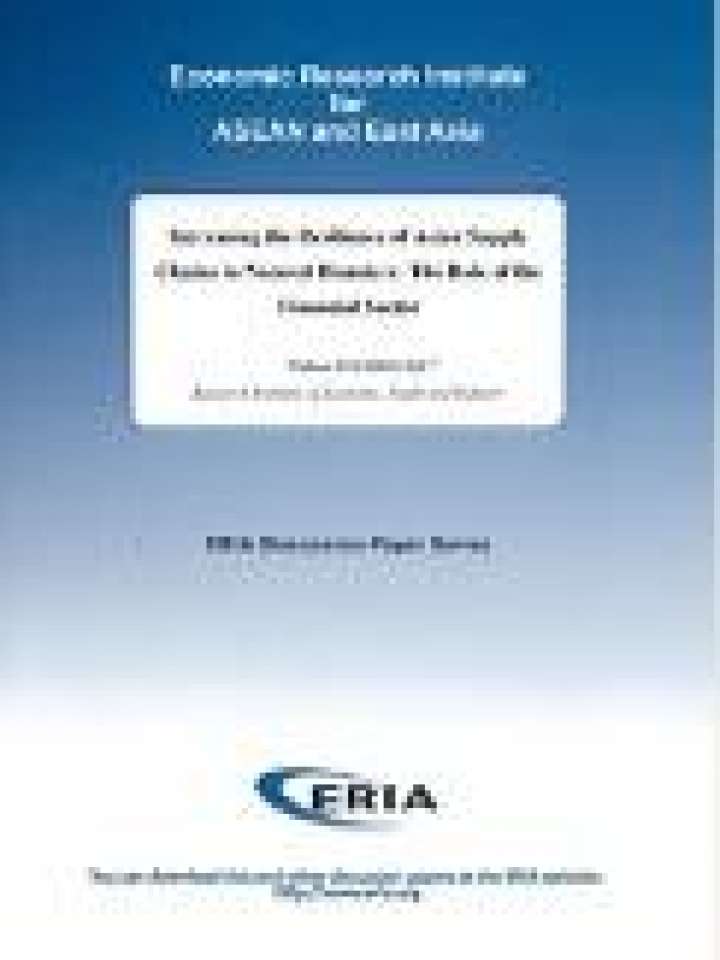Tourism supply chains and natural disasters: the vulnerability challenge and business continuity models for ASEAN countries
ERIA Discussion Paper Series-2016-06
This paper addresses the challenges of tourism development in ASEAN countries regarding value and supply chains from a local to global perspective. It presents an overview of the most pronounced disaster risks in Asia as well as measures aimed to allow tourism businesses to minimise negative impacts and recover immediately from these disaster shocks. Further, it provides recommendations for natural disaster prevention and non-disruption of tourism supply chains in ASEAN countries.
Key insights from the paper include:
- Natural disasters represent a serious threat to the ASEAN countries economy, as they are considered as the most important danger in tourism supply chains. Disasters will cause more harm to the tourism sector as the economies of ASEAN countries will grow and more properties will be affected.
- Economic growth offers possibilities to build appropriate support structures. Examples from Europe and Austria show that a proactive attitude in disaster risk mitigation can be rewarded with additional success in tourism.
- It is recommended to include natural disaster risks in any form of tourism planning. Provide hazard zoning maps and discuss possible scenarios with tourist businesses. Coastal and mountain risk mitigation has to be an integrated part of development planning and an important asset for tourism in ASEAN countries.
- It is also recommended to establish or expand regional and national disaster funds for risks that cannot be insured as an immediate measure to support tourist businesses affected by a natural disaster in ASEAN countries.
- Representatives of tourism businesses should become stakeholders in disaster risk reduction efforts of local and regional governments . Major enterprises should develop emergency action plans for anticipated disasters in the enterprise.
Explore further
